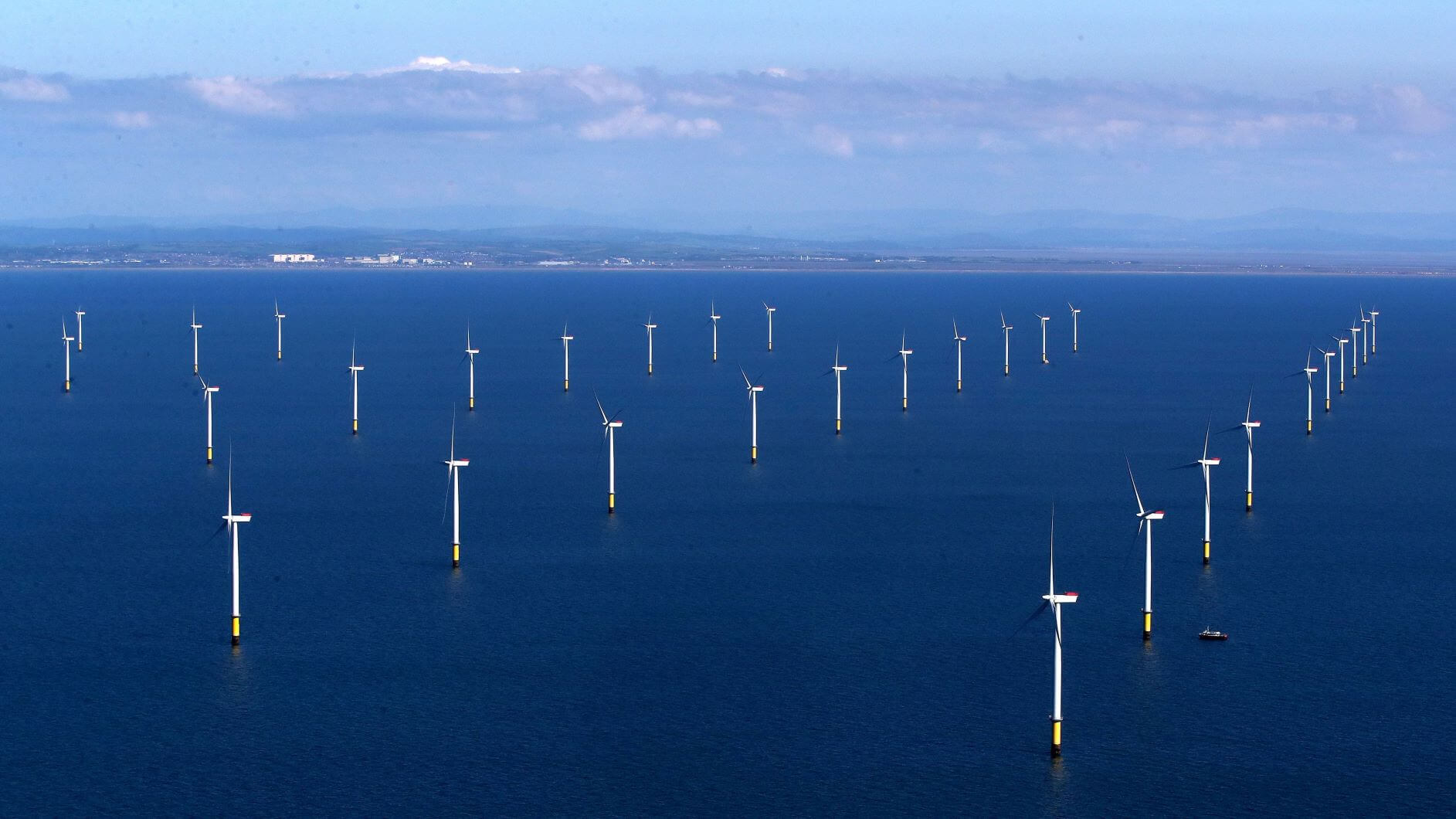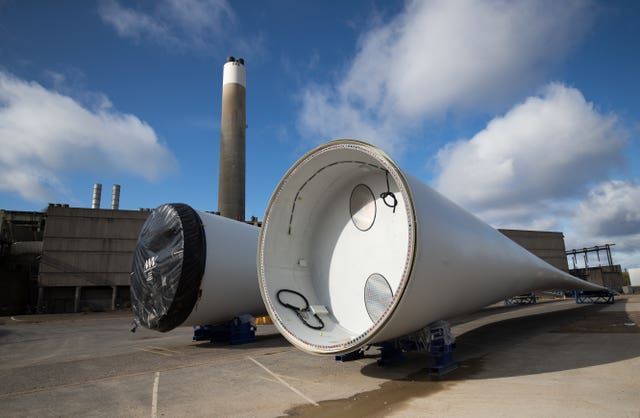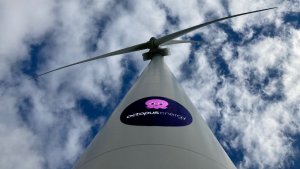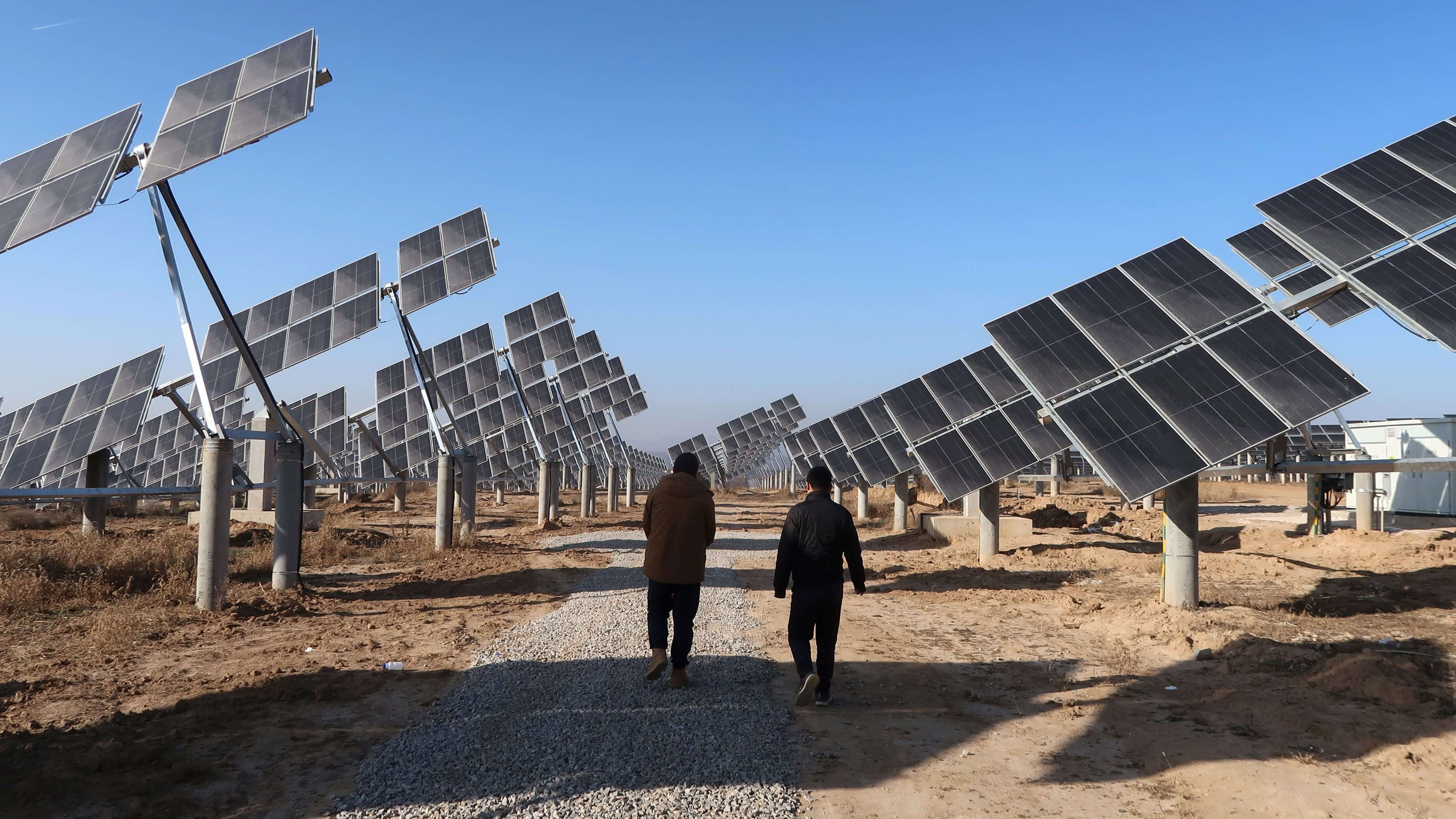In an ‘astonishing development’, wind farms coming online in the mid-2020s will likely pay back money to consumers, researchers say.
New Wave Of Offshore Wind Schemes Will Help Reduce Energy Bills – Analysis
In an ‘astonishing development’, wind farms coming online in the mid-2020s will likely pay back money to consumers, researchers say.

The newest wave of UK offshore wind farms could produce power so cheaply that they pay money back to consumers, researchers have said.
As offshore wind was rolled out in UK waters, it faced criticism that it required high levels of subsidies, pushing up people’s energy bills.
But experts from Imperial College London say the most recently approved offshore wind farms will most likely operate with “negative subsidies”, which will pay money back to the Government and reduce bills.
Their analysis, published in the journal Nature Energy, which looks at five European countries, suggests the UK will see the world’s first negative-subsidy offshore wind farms in the mid-2020s.
In the UK, the cost of offshore wind energy has plummeted in just a few years from around £150 for each megawatt hour (MWh) of electricity generated before a competitive auction process for subsidies started.

In 2019, the third and latest auction saw new schemes secure a price of £40 per MWh for the power they will provide.
Under the auction process, projects compete for “contracts for difference” which guarantee a certain price, known as the “strike price”, for the power they generate from the wind farms.
If the strike price agreed by the contract is higher than the wholesale price of electricity in the UK market, the company receives a subsidy from the Government to top up the price to the agreed level – paid for on consumer bills.
But if the strike price is lower than the wholesale electricity price, the company has to pay back the difference – which is passed through to bills, reducing the amount households and businesses have to pay for power.
Costs have fallen in the auctions, as financing for projects has become cheaper, turbines have got bigger, and construction has taken place further out at sea to better harness the power of the wind.
The analysis by the team at Imperial looked at likely future energy price trends.
They found that if wholesale prices continue to see a moderate growth, below historical rates, the wind farms that secured their contracts in 2019 will receive a negative subsidy when they come online between 2023 and 2025.
Lead researcher Dr Malte Jansen, from the Centre for Environmental Policy at Imperial, said: “Offshore wind power will soon be so cheap to produce that it will undercut fossil-fuelled power stations and may be the cheapest form of energy for the UK.
“Energy subsidies used to push up energy bills, but within a few years cheap renewable energy will see them brought down for the first time.
“This is an astonishing development.”
His colleague, Dr Iain Staffell, said: “This amazing progress has been made possible by new technology, economies of scale and efficient supply chains around the North Sea, but also by a decade of concerted policy-making designed to reduce the risk for investing in offshore wind, which has made financing these huge billion-pound projects much cheaper.”
He added that the technology would be pivotal in helping the UK and the world cut carbon emissions to zero overall and would reduce consumer energy bills.
Thanks for signing up to Minutehack alerts.
Brilliant editorials heading your way soon.
Okay, Thanks!

